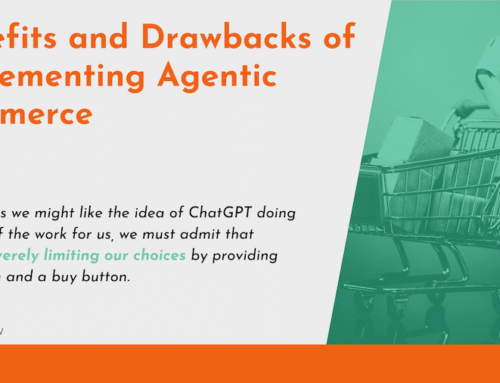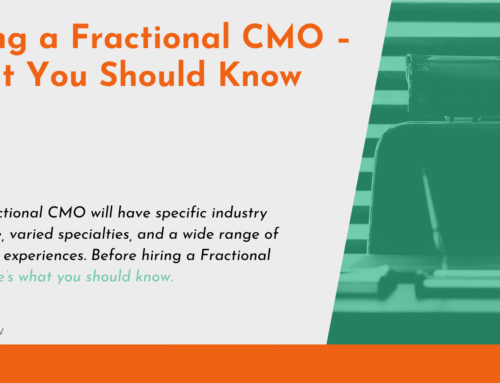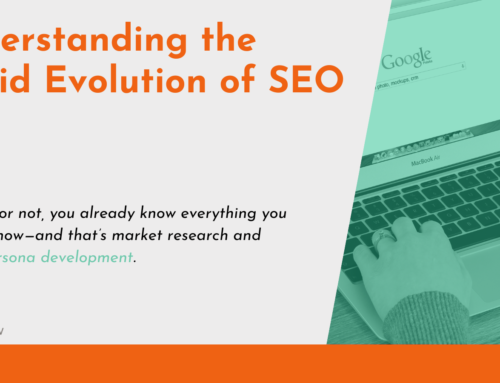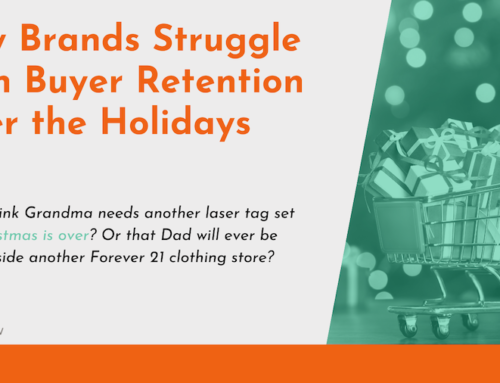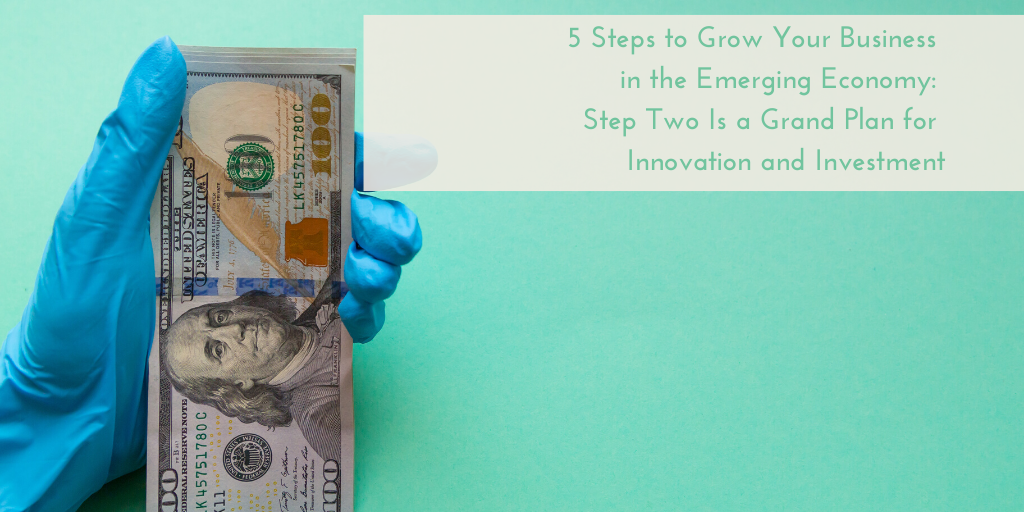
Many businesses have experienced a pivot at some point during their existence. For many, the pivot occurs after start up, as the brand finds a strong footing among its customers and competitors. For others, the pivot occurs after years of success lead to a downturn due to emerging technology or a simple lack of interest from consumers.
Right now, almost every business on the planet is considering a pivot because of the novel coronavirus. Many have already successfully redefined their mission, developed new products, and attracted their new audience. Fashion brands have made the switch to manufacturing masks and hospital scrubs. Musical instrument makers—particularly drums—have pivoted to personal protection equipment. Even restaurants have had to re-evaluate their strategies, with luxury dining establishments forgoing the experience they’ve staked their brand on to provide carry-out orders and meals for workers on the front lines.
Others brands have not been so quick off the mark. When considering the many pivots that have failed in the past, the fear can be paralyzing. The world’s biggest pivot failure is likely Blockbuster, which attempted—too late—to adopt the mail-order model that Netflix used to disrupt the industry.
But before you use Blockbuster as your reason to hold the course instead of innovating, consider the story of Kodak. They had a chance to pivot to digital cameras as early as 1975, when one of their engineers, Steve Sasson, invented the first one. Instead of taking the leap, they doubled down on their film product and let opportunity pass them by, also missing out on the chance to become the first Instagram-type service with their failed Ofoto. At least Blockbuster tried, right?
What can you do to avoid the mistakes other brands have made in the past—while also navigating the economic crisis wrought by COVID-19? Two words: Innovate and invest.
Innovation
You already had your million- (or even billion-) dollar idea. How could you be expected to make that magic happen again? If you want to survive and, even better, thrive in the emerging economy, that’s exactly what you have to do.
Take some time to think about why your brand formed in the first place. Whether you’re the owner and original innovator or part of the executive team tasked with introducing the brand and products to the world, you’re probably intimately familiar with the reasons your company exists.
You solve a problem.
That’s where the magic can be found again.
Whether your customers wanted them to or not, their needs have changed. Their problems are different now. Their pain points have evolved into something larger than any of us ever expected. Your company has the opportunity to make a difference in their lives—again—by figuring out how to solve these problems.
That may mean new products or services, or it may just mean pivoting the messaging around the products and services you already offer. Don’t be afraid to seek out fresh voices to help you in the discovery and brainstorming phases, either. Intimate knowledge of your brand is crucial, but fresh eyes can often jumpstart ideas you may not have otherwise considered.
For instance, insurance brands are now providing comforting messages of support around coronavirus fears, but their products haven’t changed at all. Clothing brands that have shuttered their physical stores have increased messaging for their online counterparts, while also moving any of their store-only products to exclusive online portals for their most loyal buyers.
Will you be a brand that reinvents your products, services, and messaging, or will you cut your spending to the bone, settle into the trenches, and hope to make it through?
Investment
The investment needed for a brand or product pivot can make decisions difficult, especially if you’ve already found your company affected by coronavirus. The simple fact is this: without the investment, your company is likely to limp through the crisis only to crumble as the new economy emerges.
What does the investment look like? First, the focus on research and development for your products or services. You must invest in finding a solution to your buyers’ new needs. Do you need to develop new products or can you simply find new uses for your current products? Then, you must invest in creating the new products or refining the new services. Finally, you must invest in branding and marketing, or all your hard work will be for nothing.
Now is the time to invest wisely. Be smart with the budget you have to make it stretch as far as possible. Educate your team on your new direction. Give them purpose and an opportunity for growth. Your investment into team members encourages them to invest their time, energy, and ingenuity for your business.
Reorganizing your investment plans can help you stretch your money. For instance, if you’ve made the difficult decision to downsize your team, you can work with outsourcing options and take advantage of their experienced teams at a fraction of the cost you’d have paid for your full-time employees.
For instance, financial, information technology, and marketing professionals can help you bridge the gaps while you regroup and rebuild. Not only do you get the benefit of their years of experience, but you may also receive actionable ideas for your product or service pivot. After all, these outsourced executives, such as Fractional CMOs, have likely worked with dozens of companies to help them through difficult times. They have facilitated brand and product pivots one right after the other.
When it comes to making an investment into the present and the future of your business and your brand, no wiser money could possibly be spent.
If you’d like to learn more about our Fractional CMO services and meet our team of incredible marketing professionals, reach out. We can help you establish new roots so you can grow and flourish during these difficult times.

